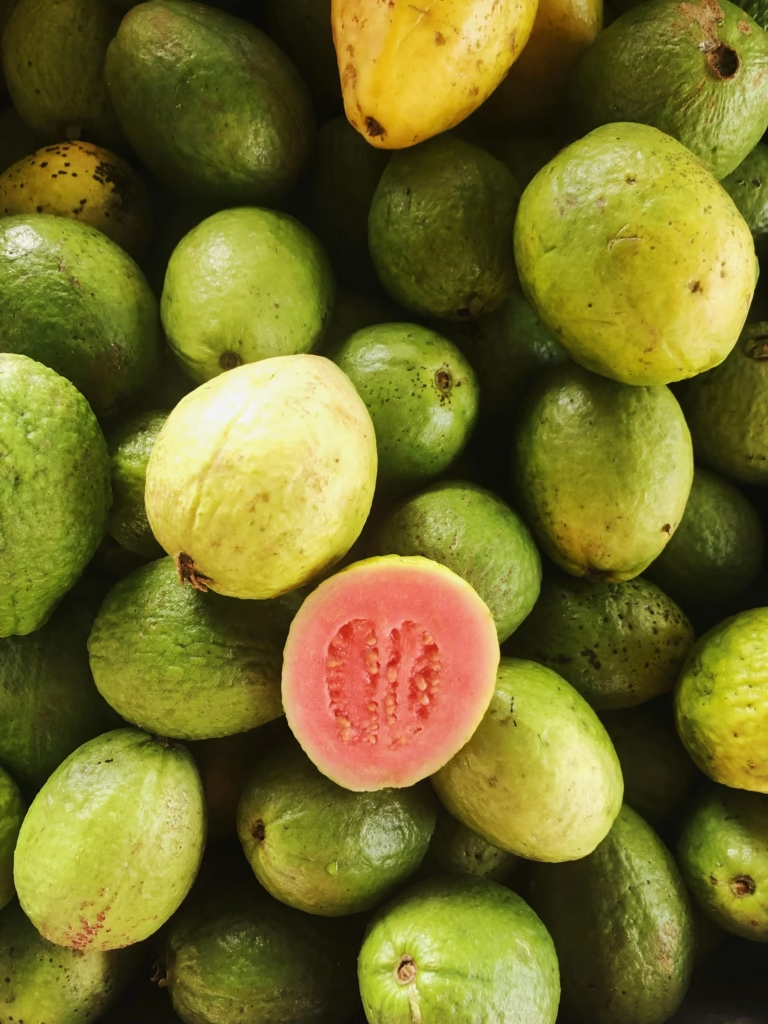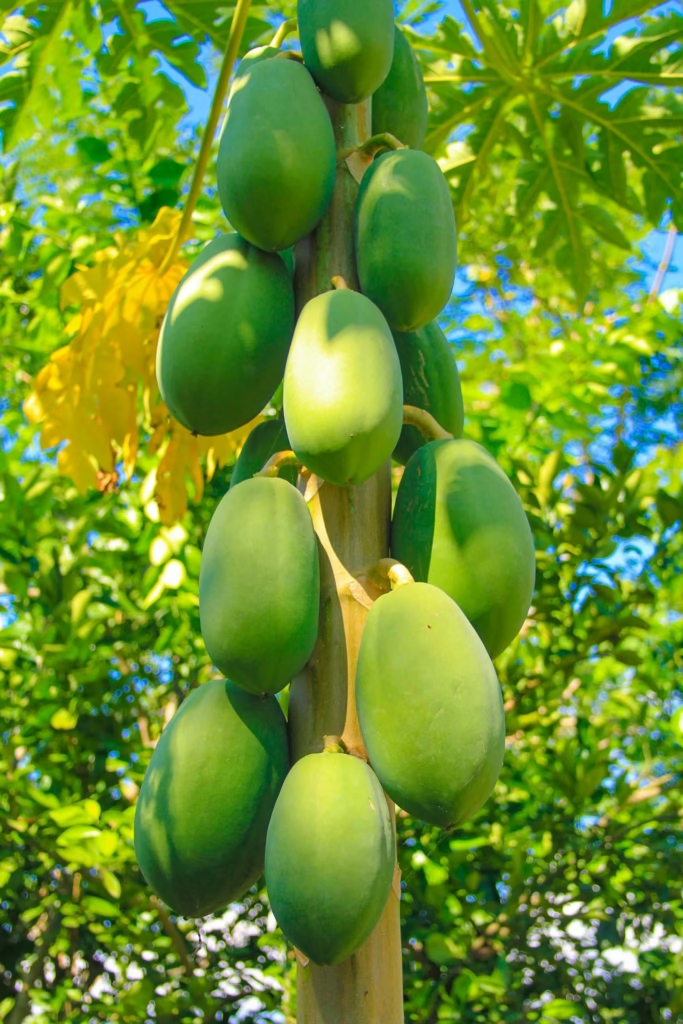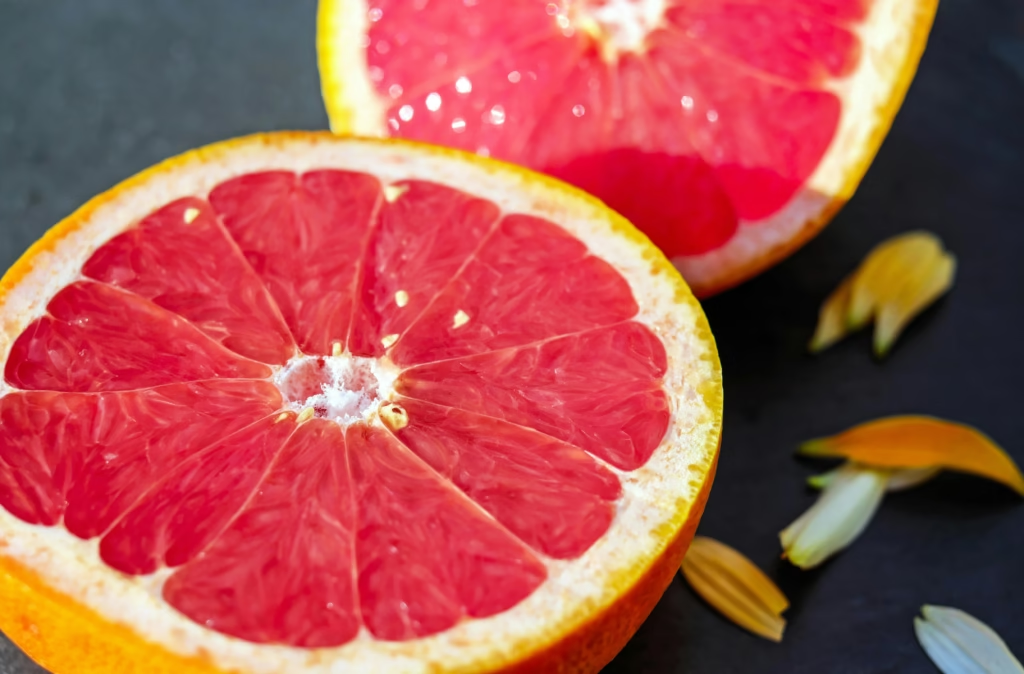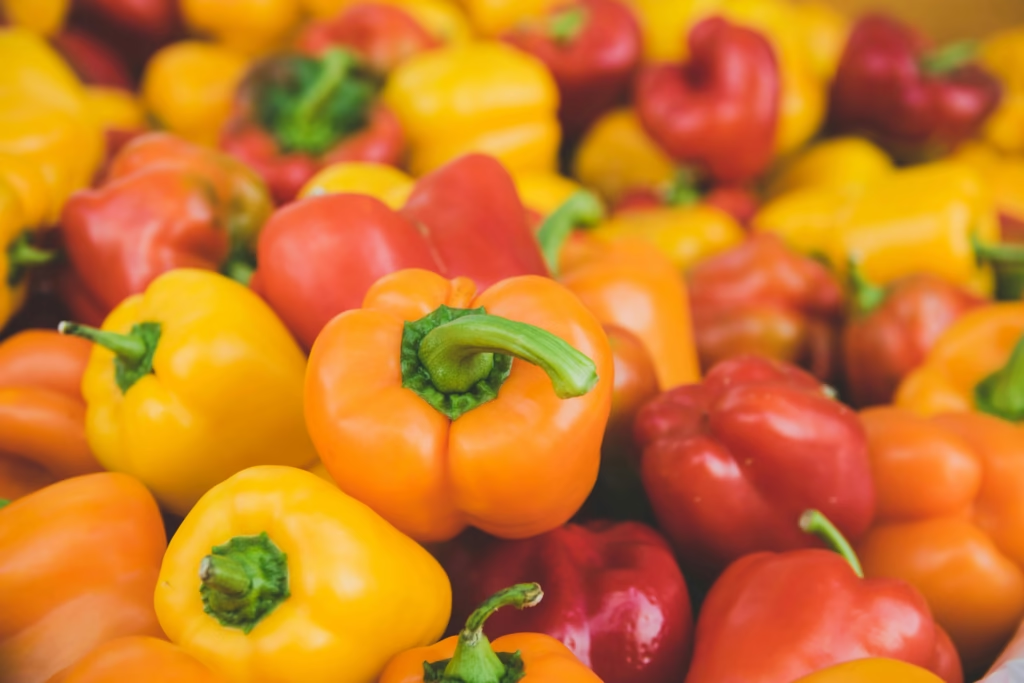Lycopene: Health Benefits and Food Sources (Update)

Introduction
This is your ultimate guide to lycopene for its health benefits and food sources.
Ever wondered why tomatoes, guavas, and watermelons have that beautiful red hue? That vibrant color comes from lycopene, a powerful antioxidant with impressive health benefits.
Lycopene isn’t just about colour—it’s a potent anti-inflammatory compound that helps protect against chronic conditions like heart disease, cancer, male infertility, and cognitive decline. But since our bodies don’t produce it naturally, we need to get lycopene from our diet.
So, let’s dive into the best sources of lycopene and how they support our health.
What is Lycopene?
Lycopene is a natural antioxidant that fights free radicals in the body. Left unchecked, these free radicals can cause oxidative stress, leading to cellular damage and chronic diseases.

As a member of the carotenoid family, lycopene contributes to the red and orange colors of certain fruits and vegetables. Unlike some other carotenoids, lycopene doesn’t convert into vitamin A, but it still packs a punch regarding health benefits.
Lycopene is stored in the liver, adrenal glands, testes, and fatty tissues, but it’s also found in lower amounts in the kidneys, ovaries, lungs, and prostate. Since our bodies can’t make it, we must rely on lycopene-rich foods for this essential antioxidant.
Lycopene-Rich Foods: Best Natural Sources
To increase your lycopene intake, focus on these delicious and nutritious foods.
Tomatoes – The Top Source of Lycopene
Tomatoes (Lycopersicum esculentum) are the best-known source of lycopene. Around 80% of the lycopene consumed worldwide comes from tomatoes and tomato-based products.
- Raw tomatoes: A medium-sized red tomato contains about 3 mg of lycopene.
- Cooked tomatoes: Cooking enhances lycopene absorption. One cup of cooked red tomatoes has about 7 mg of lycopene.
- Tomato products: Tomato sauce, paste, and juice are highly concentrated sources of lycopene.
Since tomatoes are often exposed to pesticides, consider choosing organic or growing your own for a healthier option.
Guava – A Tropical Powerhouse
Guava are one of the richest sources of lycopene, surpassing cooked tomatoes! A single cup of raw guava provides about 8.5 mg of lycopene. Enjoy them fresh for their naturally tangy flavour, or add them to smoothies and desserts.

Watermelon – More Lycopene Than Tomatoes!
The deep red color of watermelon is a clear sign of its high lycopene content. A cup of diced watermelon contains more lycopene than a raw tomato, making it a refreshing and nutrient-dense snack.

Papaya – A Sweet Source of Lycopene
Papayas contain about 2.5 mg of lycopene per 100 grams. When buying papayas, always check the labels to avoid bioengineered varieties.

Grapefruit – A Citrus Boost
Pink and red grapefruits contain approximately 4 mg of lycopene per serving. Their tangy-sweet flavor makes them a delicious addition to breakfast or salads.

Red Bell Peppers – A Mild but Mighty Source
Though not as high in lycopene as tomatoes or guavas, red bell peppers still contribute to your daily intake, containing between 0.01 and 0.5 mg per fruit.

Maximizing Lycopene Absorption
Not all lycopene is created equal when it comes to absorption. Here are some tips to make sure you get the most out of your lycopene-rich foods:
- Cook your tomatoes: Heat breaks down cell walls, making lycopene more bioavailable.
- Pair lycopene with healthy fats: Since lycopene is fat-soluble, consuming it with fats like olive oil or avocado enhances absorption.
- Choose processed tomato products: Tomato paste and sauce contain more bioavailable lycopene than raw tomatoes.
Lycopene: Health Benefits and Food Source Impact on Well-Being
1. Lycopene and Prostate Cancer Prevention
Studies suggest lycopene may reduce prostate cancer risk by inhibiting cancer cell growth and preventing DNA damage. It also enhances the body’s natural antioxidant defenses, helping to fight oxidative stress.
2. Lycopene and Male Fertility
Lycopene protects sperm cells from oxidative damage, helping maintain healthy sperm motility and concentration. By neutralizing harmful reactive oxygen species (ROS), lycopene supports reproductive health in men.
3. Lycopene and Brain Health
Lycopene may help protect against cognitive decline and neurodegenerative diseases. It combats oxidative stress in the brain and protects against environmental toxins like Bisphenol A (BPA), which is commonly found in plastics.
4. Lycopene for Skin Health
Lycopene protects natural sun by shielding skin cells from UV damage. Including lycopene-rich foods in your diet can help slow down signs of aging and promote radiant skin—perfect for sunny South Africa!
5. Lycopene and Heart Health
Lycopene plays a role in cardiovascular health by reducing LDL (bad) cholesterol levels and increasing HDL (good) cholesterol. This helps prevent plaque buildup and lowers the risk of heart disease.
6. Lycopene’s Anti-Inflammatory Effects
Chronic inflammation is linked to many diseases, including obesity, type 2 diabetes, and Alzheimer’s. Lycopene helps fight inflammation in the liver, arteries, and fatty tissues, making it an excellent addition to an anti-inflammatory diet.
Conclusion
Lycopene is a powerful antioxidant that supports overall health, from heart protection to cancer prevention and skin benefits. Since our bodies can’t produce it, we must include lycopene-rich foods like tomatoes, guavas, and watermelons.
So go ahead—enjoy that tomato juice, toss some watermelon into your fruit salad, and reap the many benefits of lycopene! Your body will thank you.
